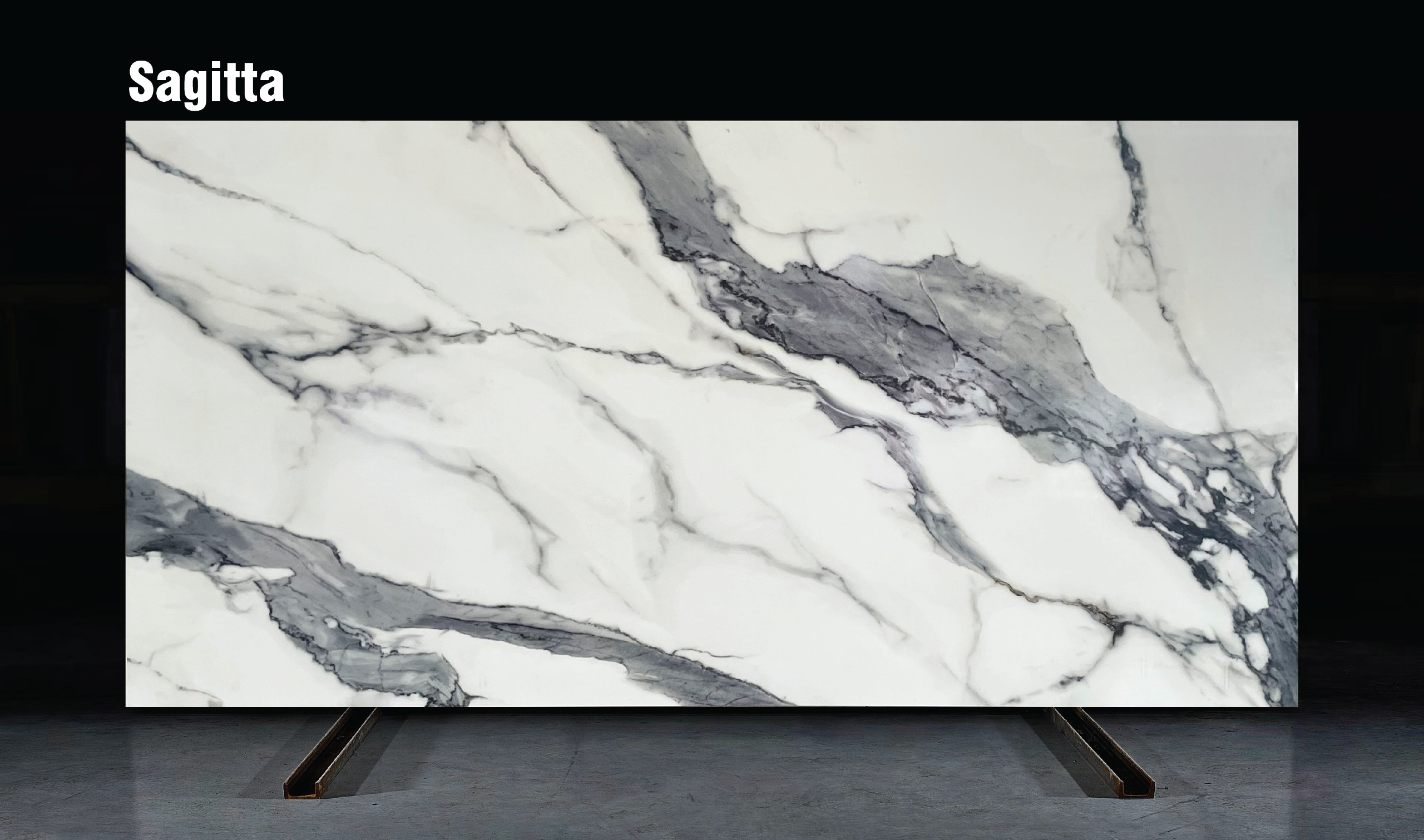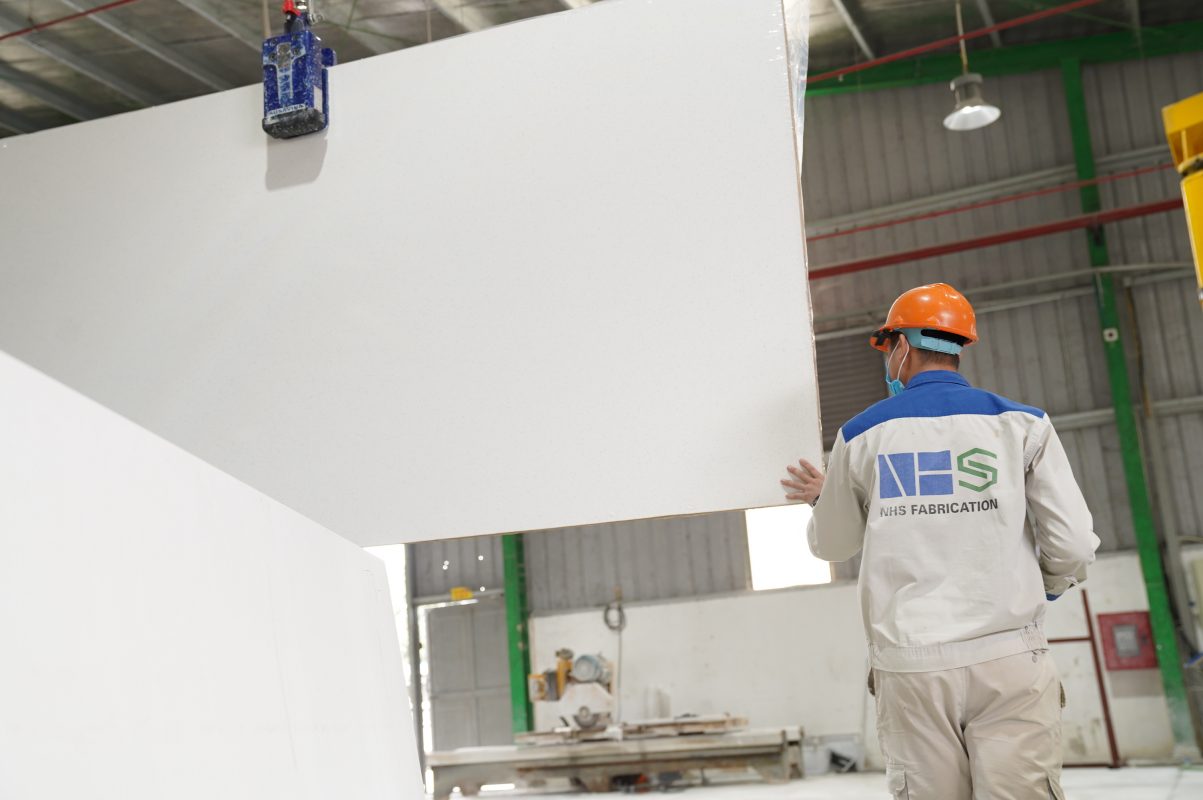In the realm of construction and interior design, the selection of materials significantly impacts the aesthetic, functionality, and health safety of living spaces. Quartz, widely celebrated for its durability and versatility, is a popular choice among homeowners and designers. However, the traditional manufacturing processes of quartz often involve high levels of crystalline silica, posing substantial health risks during production and installation. This concern has given rise to the innovation of low silica quartz, a safer alternative that maintains the benefits of traditional quartz while significantly reducing health risks associated with silica exposure.
Table of Contents
Understanding Silica and Its Implications
Crystalline silica is a common mineral found in sand, stone, and minerals, and it is also a primary component of traditional quartz surfaces. When materials containing silica are cut, ground, or polished, tiny particles known as respirable crystalline silica are released into the air. When inhaled, these particles can penetrate deep into the lungs, causing various health issues over time, including silicosis (an incurable lung disease), lung cancer, chronic obstructive pulmonary disease (COPD), and kidney disease.
Given the severity of these health risks, there has been a significant push within the industry to develop materials that can reduce these dangers. Low silica quartz is one such innovation designed to provide a safer alternative without compromising the quality and aesthetics that quartz is known for.

Our printed quartz which using Low silica quartz material
Explore more: Printed Quartz: The Definitive Trend of 2024
The Development of Low Silica Quartz
Low silica quartz is manufactured through a modified process that limits the amount of crystalline silica in the final product. This innovation is crucial for reducing the airborne silica dust generated during the cutting, grinding, and polishing processes. The development of low silica quartz not only reflects advancements in material science but also a growing awareness and commitment to occupational health and safety standards.
Health Benefits of Low Silica Quartz
The primary health benefit of using low silica quartz over traditional quartz is the significant reduction in the risk of silica-related diseases among workers and end-users. By limiting exposure to harmful silica dust, low silica quartz helps in:
- Preventing Respiratory Diseases: Reducing airborne silica reduces the risk of silicosis and other respiratory conditions.
- Enhancing Workplace Safety: Safer manufacturing conditions lead to healthier work environments and lower health insurance costs.
- Complying with Health Regulations: Adherence to stricter global regulations regarding silica exposure is more manageable with low silica quartz, helping businesses avoid fines and legal issues.
Safer Working Conditions for Manufacturers
The introduction of low silica quartz significantly impacts the manufacturing environment by creating safer working conditions. This change is particularly important in light of the global tightening of regulations around permissible silica exposure levels. Workplaces that incorporate low silica quartz are better equipped to meet these regulatory standards, protecting their employees and reducing liability risks. Moreover, companies that prioritize worker safety can boost morale, increase productivity, and enhance their reputation as responsible employers.

Applications of Low Silica Quartz
Low silica quartz is suitable for a wide range of applications where traditional quartz is used. This includes kitchen countertops, bathroom vanities, flooring, and wall cladding. Its versatility allows it to be used in both residential and commercial projects, appealing to a broad audience concerned with both aesthetics and health:
- Residential Applications: Homeowners looking for safe and beautiful materials for their kitchens and bathrooms can rely on low silica quartz to provide a worry-free, durable surface.
- Commercial Applications: In commercial spaces such as hotels, restaurants, and offices, low silica quartz offers a robust material that meets both design and health standards.

Looking Forward in The innovation of low silica quartz
The innovation of low silica quartz marks a significant advancement in material technology, balancing aesthetic desires with health and safety needs. As awareness of silica-related health risks grows, the demand for safer alternatives like low silica quartz is expected to rise. This shift not only highlights the industry’s capacity for innovation but also underscores a broader commitment to environmental health and safety.
The future of low silica quartz looks promising as technological advancements continue to enhance its quality and reduce costs, making it an increasingly accessible option for various projects. With ongoing research and development, the properties of low silica quartz can be further improved, ensuring it remains a competitive and desirable choice in the building materials market.
In conclusion, low silica quartz is more than just an alternative to traditional quartz; it is a forward-thinking solution that addresses crucial health concerns without sacrificing the functional and aesthetic qualities that make quartz so popular. Its development is a testament to the industry’s ability to innovate responsibly, prioritizing human health alongside environmental beauty and durability.
Immer Yourself In The Most Stunning Calacatta Quartz Slabs for 2024 Picked by Vinaquartz

